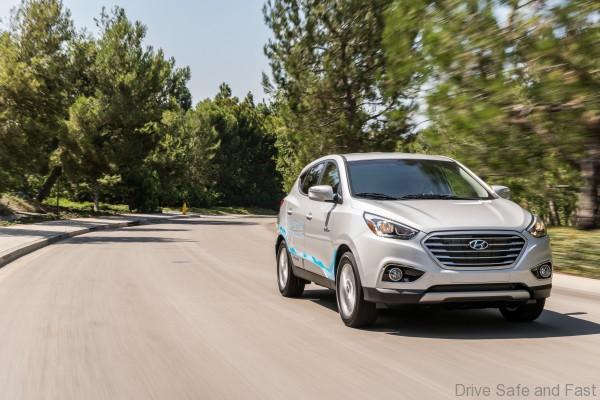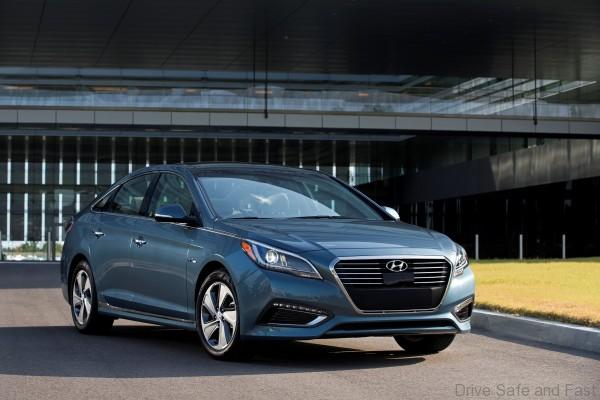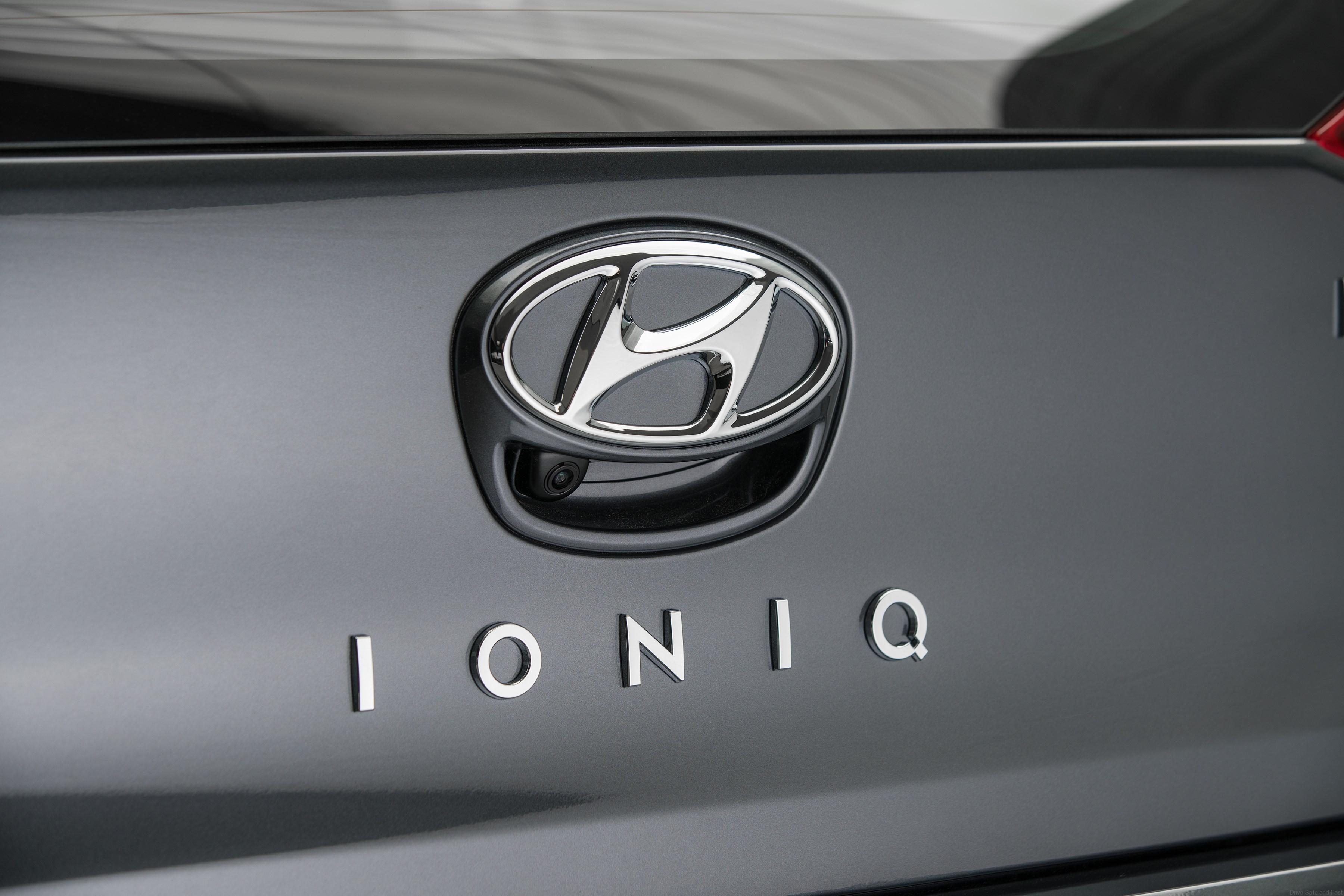Blue Drive™ is not only Hyundai’s low carbon green technology strategy that is designed to reduce CO2 emissions but also a brand name for vehicles equipped with fuel-saving technologies. The implementation of the ‘Blue Drive’ strategy began with Hyundai Motor’s development of the Sonata EV in 1991 and was quickly followed by the hybrid concept car in 1995.
In 1998, the Hyundai Motor R&D team successfully developed its first hydrogen Fuel Cell Electric Vehicle (FCEV), laying the foundations for a diverse range of products. In 2013, Hyundai Motor became the first automobile manufacturer to mass produce a hydrogen FCEV and also the first company to produce a Plug-in Hybrid Electric Vehicle (PHEV), with the unveiling of the Sonata PHEV at the Detroit Motor Show in January 2015.

In 2016, Hyundai Motor launched its first dedicated green car, IONIQ that further strengthens its presence in the global green car market. The IONIQ is the world’s first model to offer three electrified powertrains on a single, dedicated vehicle platform namely the IONIQ Hybrid, IONIQ Electric and IONIQ Plug-in. The IONIQ makes low to zero emission mobility accessible to everyone. It also delivers an uncompromising design and driving experience through innovative technology with the latest connectivity and safety. Malaysians can expect the IONIQ Hybrid at all Hyundai showrooms by December this year.

Hyundai Motor’s fuel cell powertrain for the ix35 Fuel Cell (Tucson Fuel Cell) was one of the 2015 Wards 10 Best Engines – the first time that a fuel cell-based powertrain made it on the list. In the following year, the Sonata PHEV was awarded one of 2016’s Wards 10 Best Engines, giving Hyundai Motor special recognition for two consecutive years.

PHEVs are similar to HEVs but have a larger battery and can be charged using mains electricity. PHEVs can operate as EVs using electricity stored in the battery for limited distances and operate as HEVs when the battery charge level becomes low.

The PHEV market has been growing quickly along with EVs and Hyundai Motor is expecting PHEV models to serve as a significant source of Hyundai Motor’s future business growth. According to the 2015 xEV Industry Insider Report by Dr Menahem Anderman, the combined annual global EV and PHEV market will grow fourfold from 350k to 1.4 million vehicles between 2014 and 2020, with even faster growth likely in the following decade.



